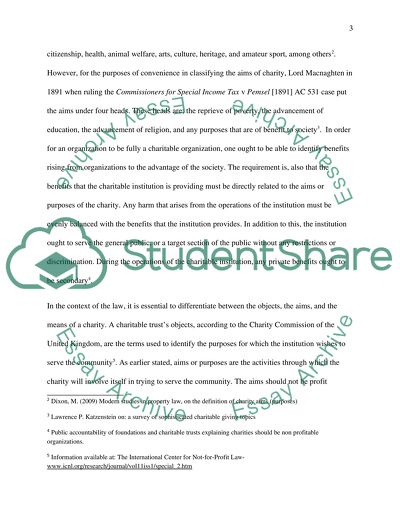Cite this document
(“Effect of the Charities Act 2006 Essay Example | Topics and Well Written Essays - 750 words”, n.d.)
Effect of the Charities Act 2006 Essay Example | Topics and Well Written Essays - 750 words. Retrieved from https://studentshare.org/law/1471838-effect-of-the-charities-act-2006
Effect of the Charities Act 2006 Essay Example | Topics and Well Written Essays - 750 words. Retrieved from https://studentshare.org/law/1471838-effect-of-the-charities-act-2006
(Effect of the Charities Act 2006 Essay Example | Topics and Well Written Essays - 750 Words)
Effect of the Charities Act 2006 Essay Example | Topics and Well Written Essays - 750 Words. https://studentshare.org/law/1471838-effect-of-the-charities-act-2006.
Effect of the Charities Act 2006 Essay Example | Topics and Well Written Essays - 750 Words. https://studentshare.org/law/1471838-effect-of-the-charities-act-2006.
“Effect of the Charities Act 2006 Essay Example | Topics and Well Written Essays - 750 Words”, n.d. https://studentshare.org/law/1471838-effect-of-the-charities-act-2006.


